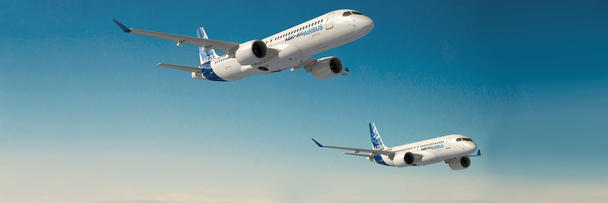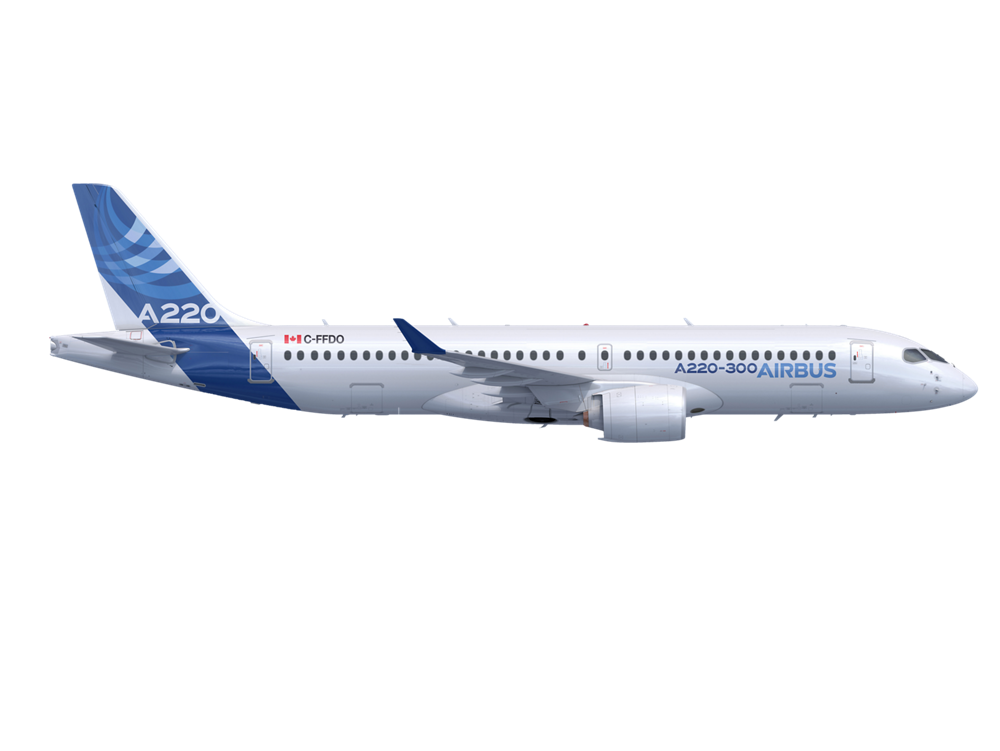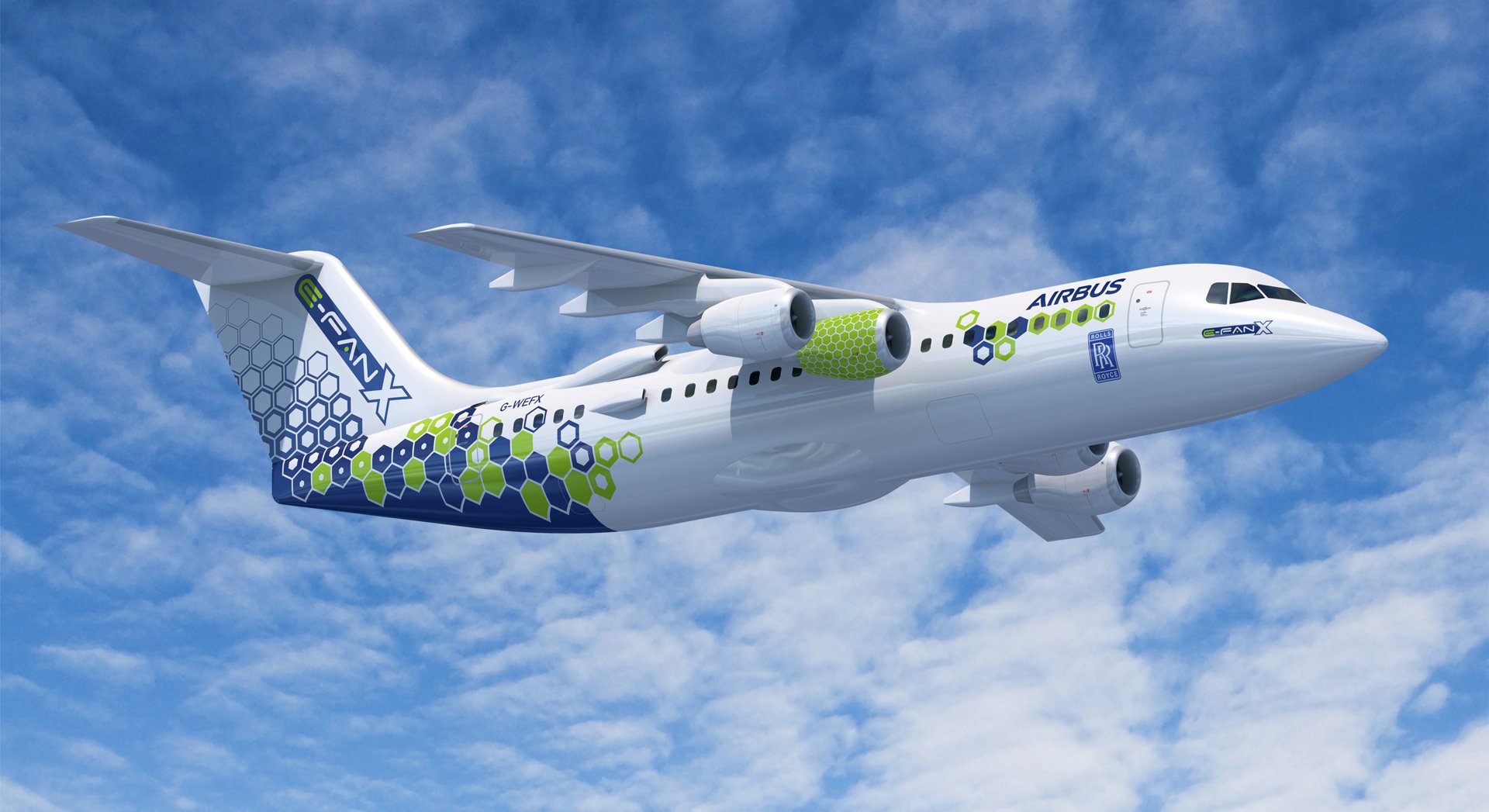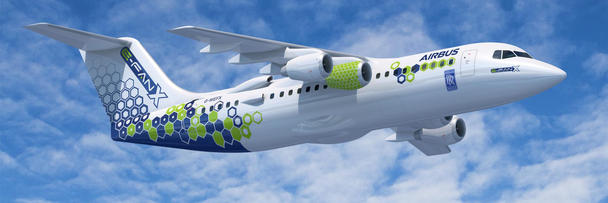Nhranaghacon
Banned

A220 Family
Airbus manufactures, markets, and supports single-aisle A220 Family aircraft – including the A220-100 and A220-300 versions – through its partnership with Bombardier.

A220 Family aircraft have been specifically designed for the 100-150 seat market, resulting in efficiencies inherent in purpose-built aircraft, and an unmatched environmental scorecard. What’s more, the A220-100 and A220-300 have over 99% parts commonality, as well as the same pilot type rating, facilitating the family’s addition to any airline’s fleet.
A220 Family jetliners were designed using state-of-the-art computational aerodynamics combined with 21st century supercomputing capability; the result is a family of aircraft with optimal aerodynamic performance and efficiency. Powering the aircraft are twin Pratt & Whitney PurePower PW1500G geared turbofan engines specifically designed for the A220.
Together, the A220 Family represents the most efficient aircraft in the skies in their class, with low operating costs and low noise levels. This makes the A220 Family aircraft ideal for urban operations and noise-sensitive airports.
Electric and hybrid-electric propulsion is rapidly revolutionizing mobility technologies across industries, from automotive to marine. And the aviation industry is no exception. At Airbus, our work in electric flight aims to lay the groundwork for future industry-wide adoption and regulatory acceptance of alternative-propulsion commercial aircraft and urban air vehicles.


E-Fan X
E-Fan X is a major milestone on Airbus’ decarbonisation journey. We remain fully committed to our decarbonisation ambitions and continue to explore the disruptive technologies required to achieve them over the next decade.
E-Fan X is a major milestone on Airbus’ decarbonization journey. We remain fully committed to our decarbonization ambitions and continue to explore the disruptive technologies required to achieve them over the next decade.
A complex hybrid-electric flight demonstrator
In 2017, we launched the E-Fan X demonstrator with the ambition to test the technologies that would help decarbonize our skies. In the test aircraft, one of the four jet engines was slated to be replaced by a 2MW electric motor.
Today, we take great pride in knowing this first-of-its-kind demonstrator has been a real game-changer for the aviation industry and a key step-change in our ambition to help decarbonize aviation.
Key learnings on future flight
In less than three years, E-Fan X successfully achieved its three main initial goals:
- Launching and testing the possibilities – and limitations – of a serial hybrid-electric propulsion system in a demonstrator aircraft, the first of its kind in the world,
- Gaining invaluable insights to develop a more focused roadmap on how to progress on our ambitious decarbonization commitments,
- Laying a foundation for the future industry-wide adoption and regulatory acceptance of alternative-propulsion commercial aircraft.
Last edited:
